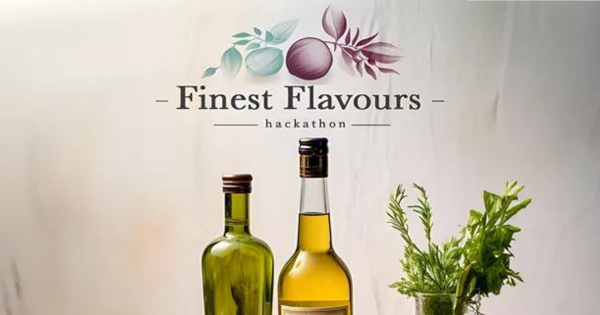Microsoft Build: The 2022 edition highlights AI
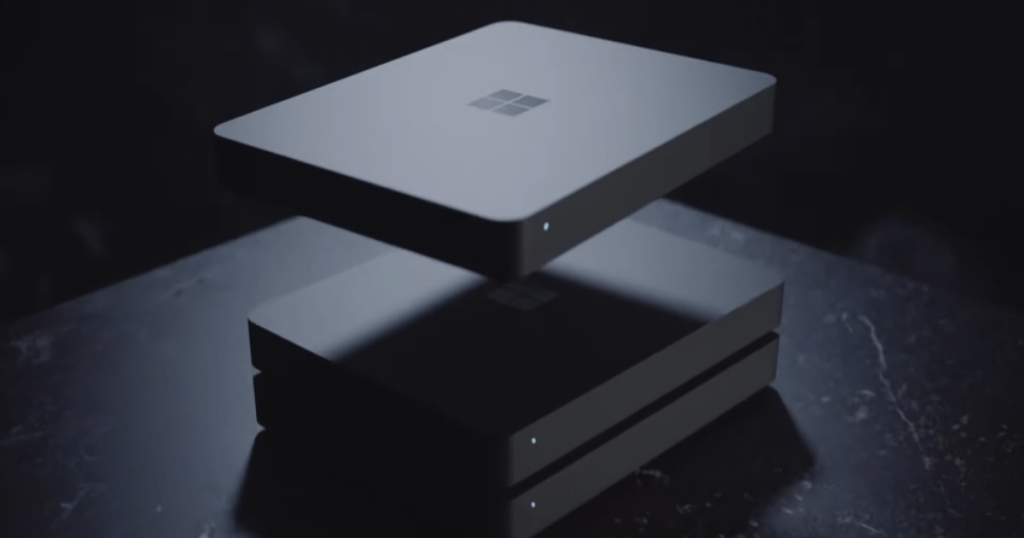
The 2022 Microsoft Build conference kicked off with a reminder of why the conference exists in the first place, and that is to help developers realise all the opportunities behind the newly emerging technologies. Key announcements were divided into 10 sections.
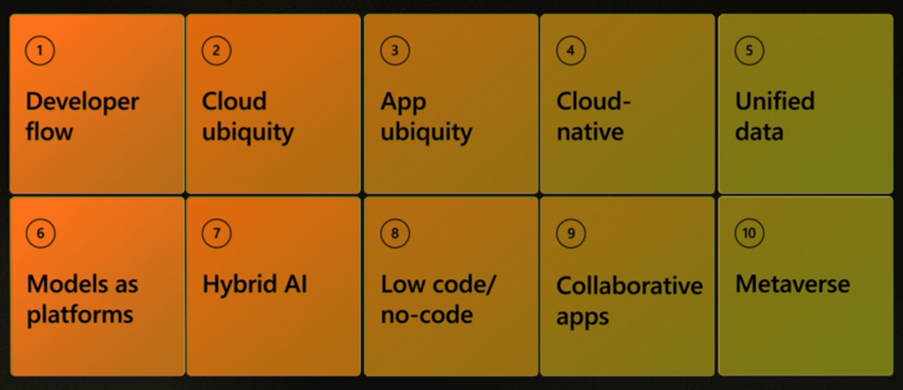
Simplifying the developer workflow
Microsoft continues to make improvements, leading to an easier transition – from design to production. Last year, they had announced Github Codespaces, blazing-fast cloud developer environments, as well as Github Copilot that assists users with automatic code fixes and improvements. The “copilot” will be publicly available this summer and free for students and open-source contributors. But the star of 2022 is the Microsoft Dev Box that enables the stream of secure, ready-to-code developer workstations on demand – regardless of the device.
Advertising within Microsoft Store
Developers will now be able to make their apps more easily discoverable within Microsoft Store using the Store Ads service. The apps will reach more users this way and developers will be able to tailor specific campaigns around them.
Moving away from silos
Microsoft has unveiled its Microsoft Intelligent Data Platform, which combines data governance, analytics, and operational databases into a single service. What does this mean? For example, e-commerce shopping websites will now be able to give relevant product recommendations to the visitors within current sessions based on historical data at a limitless scale and within GDPR compliance.
AI overload
Businesses and industries across the board are gearing up for an AI-integrated world, and big tech is delivering the goods. AI featured heavily at this year’s conference, with the highlight being large AI models that are becoming platforms themselves. Microsoft AI has trained Turing for rich language understanding, Z-Code for translation, and the Florence model for visual recognition. On the other hand, Microsoft’s partner Open AI has been gaining popularity with their GPT-3 language model DALL·E for image generation and Codex for code generation.
Microsoft is applying AI across most of its apps and is hoping for others to use their solutions to do the same by using Azure Cognitive Services. Nuance Stack Solution, for example, is used to document patient encounters, reducing the burden on physicians. Dynamics 365 now allows the summarisation of large pieces of data and their distribution to relevant departments.
Microsoft believes we’re entering the Hybrid AI era, where AI supercomputing capacity is gaining prevalence over AI supercomputers themselves. It means personal computers will soon work using CPU, GPU, NPU, and Azure Cloud Computing simultaneously.
The future is low & 0 code
AI is certainly allowing the low-code trend to spread faster. According to Microsoft’s internal data, 81% of users say low-code has improved collaboration. An example provided was the Microsoft Power Apps Figma extension that can convert hand-drawn sketches into functioning apps or the Power Pages that enable hosting and app building with no HTML or development skills.
Faster information penetration across teams
Microsoft Teams is another Microsoft app that’s getting an AI boost. Developers will have access to new tools that will help them to create collaborative experiences for workers. For instance, using the Live Share tool, workers can collaborate in real-time within Teams or sign docs using Adobe Sign.
The metaverse
Metaverse has been grabbing everyone’s attention for the past few months, so it was of no surprise that there was a section dedicated to it during this year’s Build. Rather than building their own, though, Microsoft highlighted how their products support the new trend – like the 3D Microsoft Teams Avatars.
We had a look into the stories around industrial use for Metaverse (Kawasaki case) as well as digital twins, prediction, iot and AR. Digital twins were a hot topic at the 2021 Microsoft Build, for which we have published a summary last year on our blog.

How will you utilise the latest technologies to work for your brand?
At Emakina, our expert digital teams can help you visualise, strategise and implement the latest digital solutions available to work for your brand. Get in touch with us to talk creative solutions, AI and all things tech.
Our recent blog posts
See all blogs-
How is AI’s synthetic data enhancing User Experience Research? Technology

-
Web3.AI Rising : How new technology can add value to your business
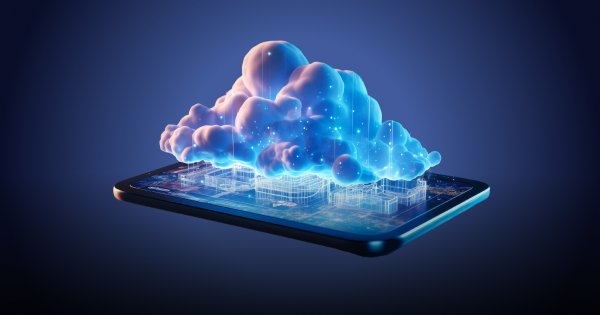
-
How generative AI helped us create an e-commerce app – with personalised content – in just 2 weeks Technology
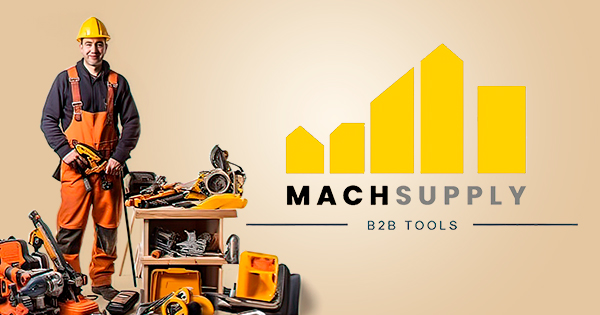
-
Can you build a foodie app in 3 days using Generative AI? (Spoiler alert: yes!)
